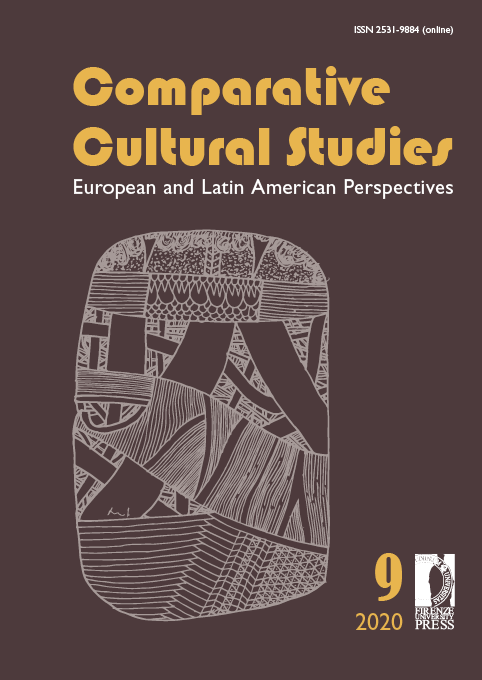Danzones y Razones
DOI:
https://doi.org/10.13128/ccselap-11866Palabras clave:
cuban musicResumen
The documentary, which completes this special issue dedicated to Cuban music, considered from different points of view, historical, anthropological, religious, as an expression of identity, is devoted to a musical genre, the Danzon, which runs through Cuban history since origins to our days. Scholars such as Llettis Ramos, musicologist and researcher, at the National Music Museum, Rembert Egues, conductor and composer, Gladys Egues, journalist, both children of the flutist and composer Richard Egues, and others, discuss the Danzon's long performance as a clear example of syncretization between European music and Cuban music imported from Africa. Danzon arrives in Cuba with French refugees (colons and their families but also their service staff made up of mulattoes) following the independence of Haiti in 1804. The "French" bring their dances with them, the minuet , the gavotta, the contradance. The Spaniards disliking the "contra", the contradance became DANZON . During the 19th century, the danzon was developed by two musicians, Manuel Samuel in Havana and Miguel Falide in Matanzas, and was practiced in ballrooms, frequented by middle classes and men of the upper classes ... who met women - even mulatto women - from other social classes. Revitalized in the twenties with Son, it gave origin to Chachacha and mambo. The documentary then focuses on the Danzon Gladys, composed by Richard Egues for his daughter Gladys on 11/15/1961, on the occasion of her 15 years. The Gladys danzon then became the classic musical accompaniment in the parties for the fifteen years of Cuban adolescents. Gladys Egues, one of the personalities at the origin of the documentary, tells the privilege of having been the inspiration of a music that still enters the homes of all Cubans today.
Descargas
Descargas
Publicado
Cómo citar
Número
Sección
Licencia
Derechos de autor 2020 Yamile Alán Núñez, Roberto Ravenna

Esta obra está bajo una licencia internacional Creative Commons Atribución 4.0.
Esta licencia permite a terceros compartir (copiar y redistribuir el material en cualquier medio o formato) y adaptar (remezclar, transformar y crear a partir del material para cualquier finalidad, incluso comercial), siempre que se reconozca la autoría y la primera publicación en esta revista (La Revista, DOI de la obra), se proporcione un enlace a la licencia y se indique si se han realizado cambios en la obra.







